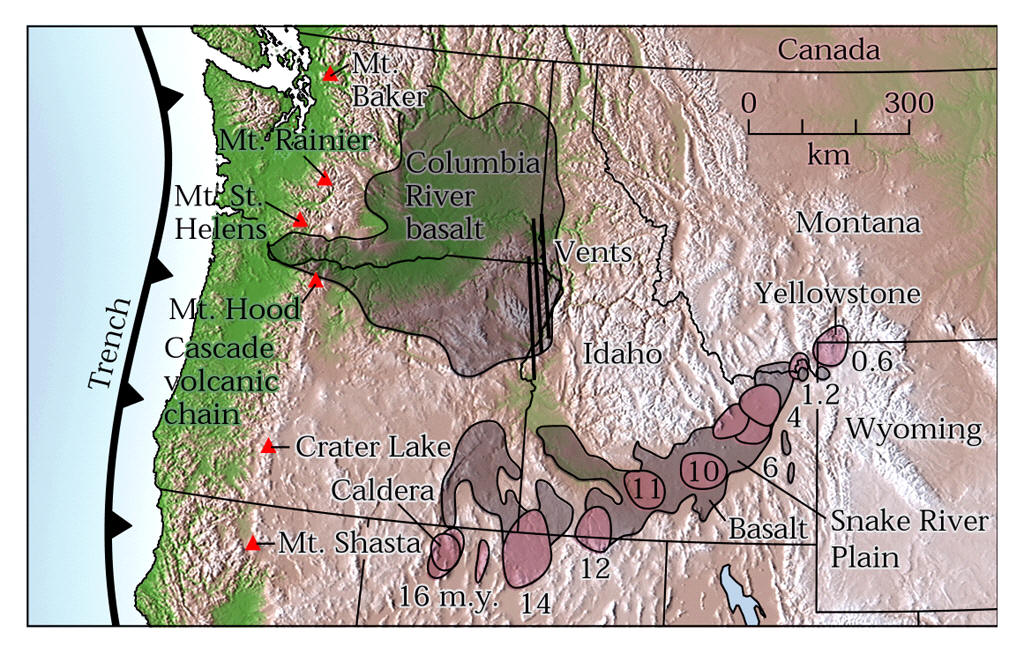

Most of Yellowstone’s eruptions have been rhyolite-silica-rich magma often containing gases that make the eruptions highly explosive. These columns put immense amounts of ash into the atmosphere and likely caused global cooling for a few years after the eruption.

As at Crater Lake National Park, the Yellowstone eruptions likely started with a huge blast that created a tephra column extending upward tens of miles. Of course, the ash did not all enter into the Grand Canyon, but some probably entered it, as the tephra spread over vast areas of the U.S. A volcano is characterized as a super volcano if the Volcano Explosivity Index (VEI) is greater than 8, meaning the volume of the measured eruptive deposits are >1,000 cubic km (240 cubic miles). Map from USGS site: ĭuring recent decades, as the “super-volcano” idea has been popularized, visitors have become more aware of the volcanic origin of Yellowstone Park. These are violent and dramatic explosions of boiling water, steam, mud, and rock fragments that can reach heights of 2 km (1.2 miles) and create craters up to more than 2 km (1.2 mi) in diameter. Note the “hydrothermal explosion craters” these features occur when pressure release causes hot water to turn to steam. The hydrothermal fluids buoyantly rise to the surface where they mix with colder groundwater, causing precipitation of the siliceous sinter or calcareous travertine that form impressive cones, mounds, and terraces in thermal basins. The water in hydrothermal systems comes from rain and snow melt that seep into the ground, where it is heated and chemically altered during its circulation through hot rocks overlying the magma chamber.

This map of Yellowstone National Park shows the types of fluids emitted from hydrothermal features, which are the surface expression of hot magma that is deep below the surface.


 0 kommentar(er)
0 kommentar(er)
